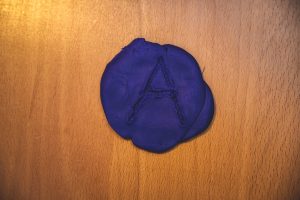5 Ways to Re-Invent Play-Doh for Occupational Therapy
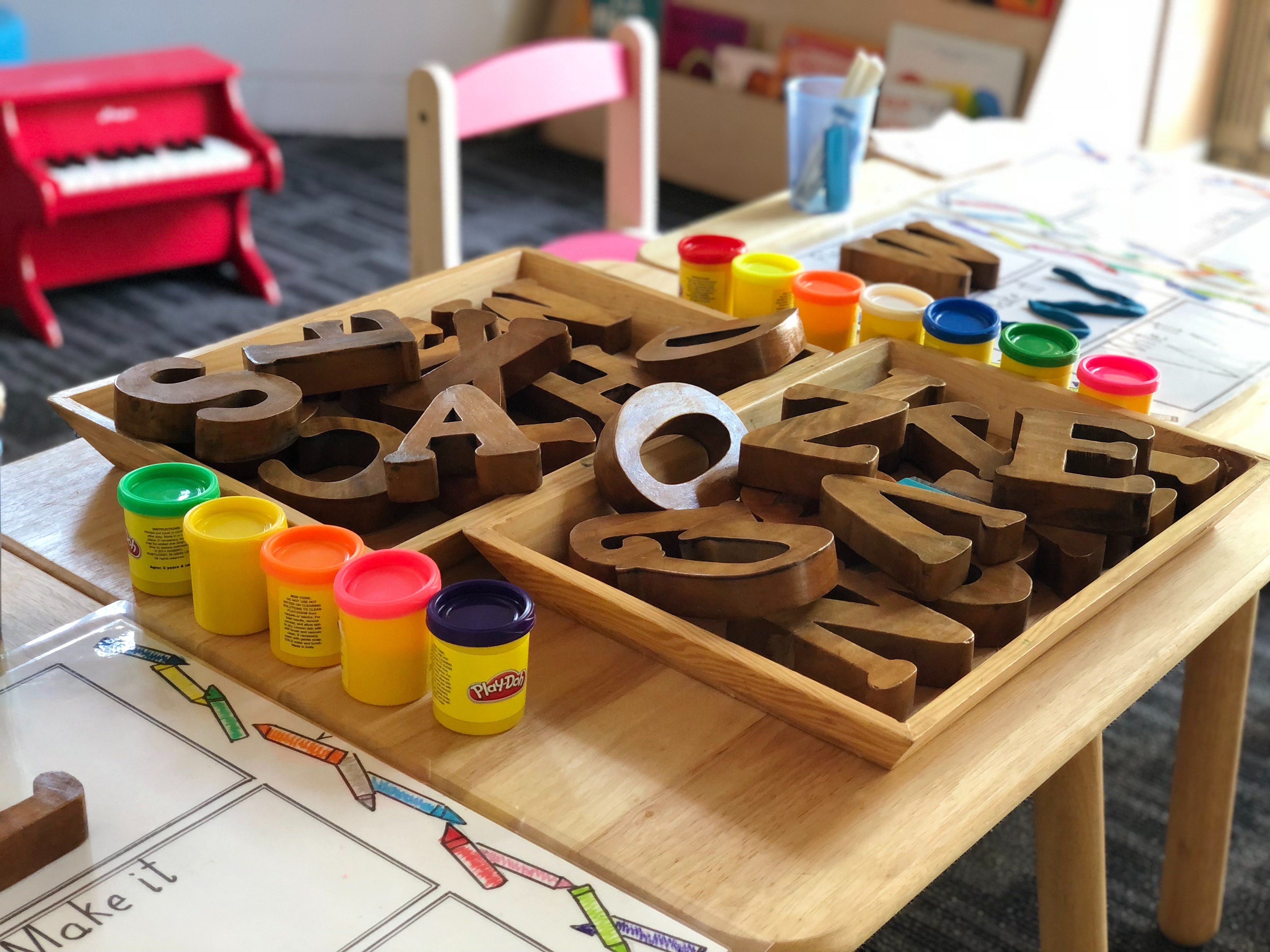
Are you running out of low-prep, fun, and functional activities that interest your child, strengthen their muscles, spark creativity, and engage their minds? Here are five fun ways to reinvent the common children’s toy, Play-Doh.
How to Use Play-Doh for Occupational Therapy: Creative Learning, Motor Skill Development, and Muscle Strengthening
1. Shape, Number, and/or Letter Formation
To begin, start by rolling pieces of Play-Doh into logs (enough for each part of a letter, number, or shape). This can be done between your child's hands or on the table top, or using Play-Doh tools such as a rolling pin. Depending on your child’s skill level, either build from memory or provide an example for your child to copy from.
This example can be further modified for each child's success and level by placing Play-Doh pieces on top of a 2D model until your child is able to copy the model on a table. Forming shapes, letters, and numbers is a great way to utilize a multi-sensory approach to learning; as your child sees the model, feels and manipulates the Play-Doh, and physically builds the shape/number/letter, they activate and engage multiple sensory systems and make brain connections, while all are disguised in fun!

2. Scavenger Hunt
Using a container of Play-Doh and small items such as beans, coins, beads, or small toys like mini erasers and LEGOs, create a scavenger hunt that promotes visual motor, bimanual skills, and hand and finger strengthening.
Your child can cover their eyes as you hide the items in their favorite color Play-Doh. When you say, “Go!” they use their fingers to pull apart the Play-Doh and find all the treasures hidden inside.
Want to add bonus skill building? Have your child count, sort (by shape, color, size, letters, etc.), and/or stack the pieces that they find.
3. Scissor Skills
As your child learns how to use scissors, Play-Doh is a go-to material to snip and cut. Beginning with the first developmental skill of snipping, roll the Play-Doh into logs of varying thicknesses, snipping with scissors.
The resistance of Play-Doh innately works to strengthen the muscles of your child’s hand and fingers as they form, snip, and cut. As this skill is mastered by your child, upgrade the task using flattened shapes, cutting across the shape.
Want to add bonus skill building? Have your child make the shapes/letters/numbers they are going to cut. Next, they cut shapes/letters/numbers in half or into multiple pieces. Then have your child put theses pieces back together. The Play-Doh acts similar to a puzzle board challenging visual motor and visual perceptual skills.
In addition, plastic scissors can be used to cut Play-Doh, therefore your child can learn how to move and manipulate the scissors safety.
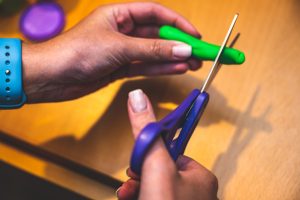
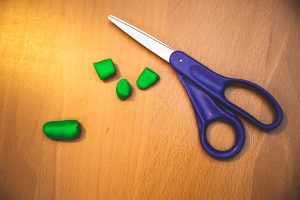
4. Play Skills
From baking sweet treats, to cooking pizzas and spaghetti dinners, to forming rocks for a construction site or to transport in a toy truck, to building a colorful garden of flowers, there are endless possibilities for pretend play using Play-Doh.
Starting your children off with an idea if necessary and letting their imaginations fly, there is never a wrong answer during pretend play. For additional guidance, you can provide your child with a Play-Doh mat. These mats are typically accessible online or can be made by hand, providing a backdrop for creativity to blossom.
Depending on your child's skill level, consider adding a cooperative play component wherein your child engages with others by collaborating on what to create, how to create it. Even just sharing materials facilitates essential play skills!
5. Use Play-Doh as Paper
Is your child tired of or resisting writing or drawing at home? Try having them write on Play-Doh! Using Play-Doh as paper is not only different and intriguing, it also provides proprioceptive (pressure) feedback through the writing tool as your child presses into the resistive material in order to draw/write. This additional feedback not only strengthens muscles and promotes pencil grasp, but it also acts as a tool to assist in learning as your child is truly feeling how shapes/letters/numbers are formed.
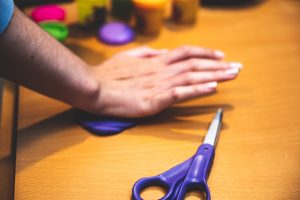
Featured image courtesy of Guatam Arora
Laura Bianciella, MS OTR/L | Pediatric Occupational Therapist
Laura Bianciella is a pediatric occupational therapist who graduated from the University of Scranton's 5-year Master's program. She has had clinical experiences varying from outpatient adult rehabilitation, acute and long term skilled nursing care, and outpatient pediatric summer camp and clinic based program specialized for children with cerebral palsy. She has a true passion for helping others, especially children, as they learn, play, and grow living their lives to the fullest no matter what challenges they may face across all contexts and occupations.

